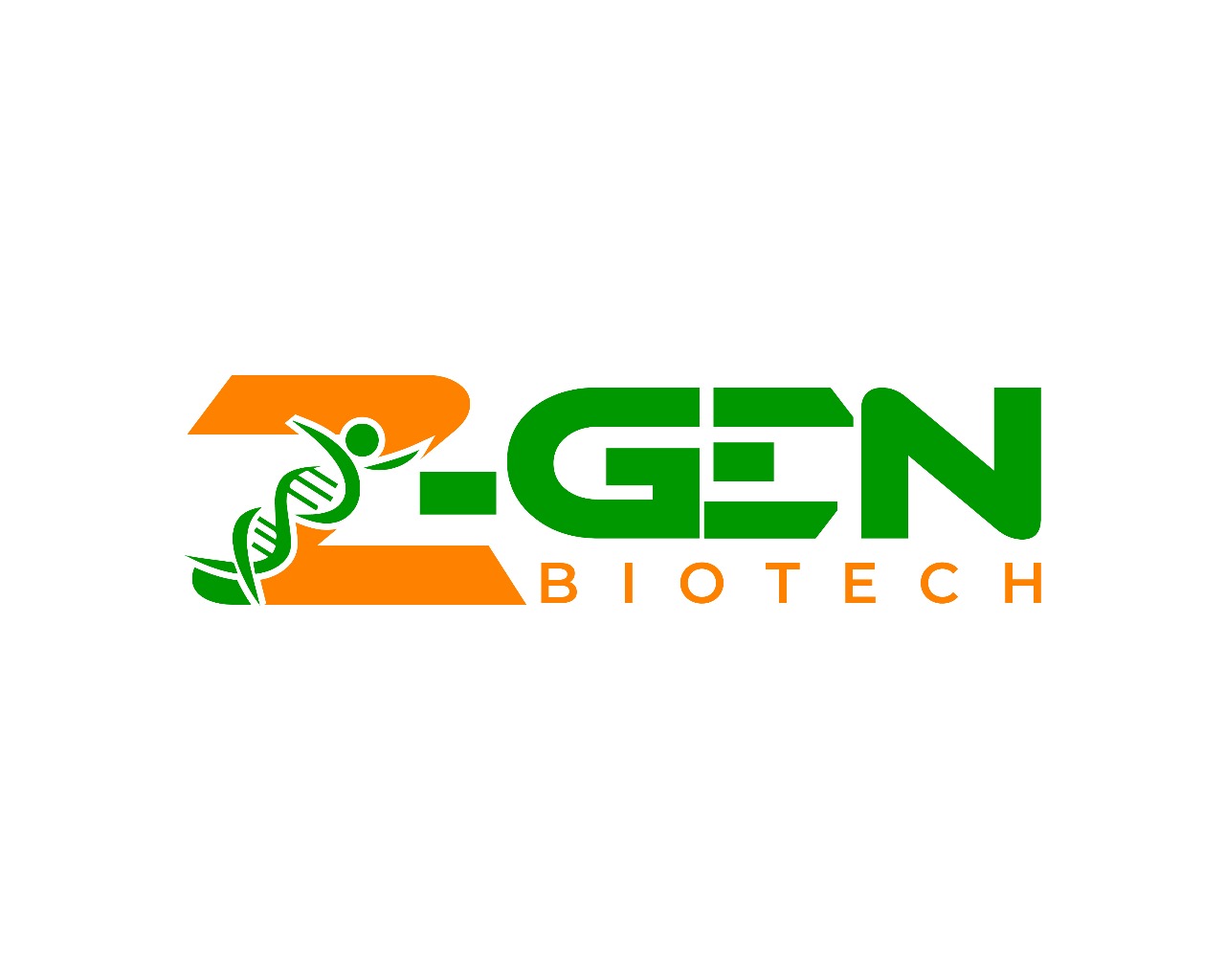Cell culture media & Supplements
Cell culture media and supplements are critical components for the successful growth and maintenance of cells in vitro. These products provide the nutrients, growth factors, and environment necessary to support cell survival, proliferation, and function. Here’s an overview:
1. Types of Cell Culture Media
Cell culture media are classified based on composition and application:
a. Basal Media
- Provide essential nutrients, salts, and energy sources for cell growth.
- Examples:
- DMEM (Dulbecco’s Modified Eagle Medium): Commonly used for mammalian cells; high glucose versions support fast-growing cells.
- RPMI-1640: Widely used for suspension and adherent cell lines like lymphocytes.
- MEM (Minimum Essential Medium): Simplified media for basic cell culture needs.
b. Serum-Free Media (SFM)
- Designed to eliminate animal serum components, providing consistency and reducing risk of contamination.
- Often supplemented with defined growth factors.
- Examples:
- CHO-SFM: For Chinese Hamster Ovary (CHO) cells.
- HEK293-SFM: For HEK 293 cells.
c. Specialty Media
- Tailored for specific cell types or research applications:
- Stem Cell Media: e.g., mTeSR for maintaining human pluripotent stem cells.
- Neuronal Media: e.g., Neurobasal medium for neuronal cultures.
- Primary Cell Media: Formulated for cells directly isolated from tissues.
d. Customizable Media
- Advanced media formulations allowing precise control over components.
- Examples: CD (chemically defined) media for biomanufacturing.
2. Common Cell Culture Supplements
Supplements enhance the performance of basal media:
a. Serum
- Provides growth factors, hormones, and attachment factors.
- Examples:
- Fetal Bovine Serum (FBS): Most widely used supplement.
- Newborn Calf Serum (NCS): Alternative to FBS with lower growth factor levels.
b. Hormones and Growth Factors
- Essential for specific cell types or differentiation protocols.
- Examples:
- Epidermal Growth Factor (EGF).
- Insulin-Transferrin-Selenium (ITS).
c. Antibiotics
- Prevent contamination by bacteria and fungi.
- Common options:
- Penicillin-Streptomycin (Pen-Strep).
- Amphotericin B (antifungal).
d. Glutamine
- Crucial for protein and nucleotide synthesis in rapidly dividing cells.
- Example: L-glutamine or GlutaMAX (a more stable form).
e. Buffering Agents
- Maintain pH and osmolarity in the culture environment.
- Examples:
- HEPES buffer.
- Sodium bicarbonate.
f. Attachment Factors
- Enhance adhesion for anchorage-dependent cells.
- Examples:
- Collagen.
- Fibronectin.
- Poly-L-lysine.
g. Lipids and Fatty Acids
- Essential for lipid metabolism and membrane synthesis in certain cells.
- Example: Lipid-Rich BSA.
3. Advanced Culture Systems
- 3D Culture Media: For spheroids or organoid growth.
- Serum-Free and Xeno-Free Systems: Eliminate animal-derived components for translational research.
- Defined and Chemically Defined Media: Highly controlled formulations for reproducibility.
4. Storage and Handling
- Store media and supplements at recommended temperatures:
- Media: Typically 2–8°C.
- Supplements like FBS: -20°C to -80°C.
- Avoid repeated freeze-thaw cycles to maintain activity.
5. Popular Brands and Suppliers
- Thermo Fisher Scientific: Gibco brand offers a wide variety of cell culture media and supplements.
- Sigma-Aldrich (MilliporeSigma): Extensive range of standard and specialty media.
- Lonza: Known for primary cell media and stem cell culture systems.
- Corning: Offers specialty media for specific cell types.
- STEMCELL Technologies: Provides high-quality stem cell media.

